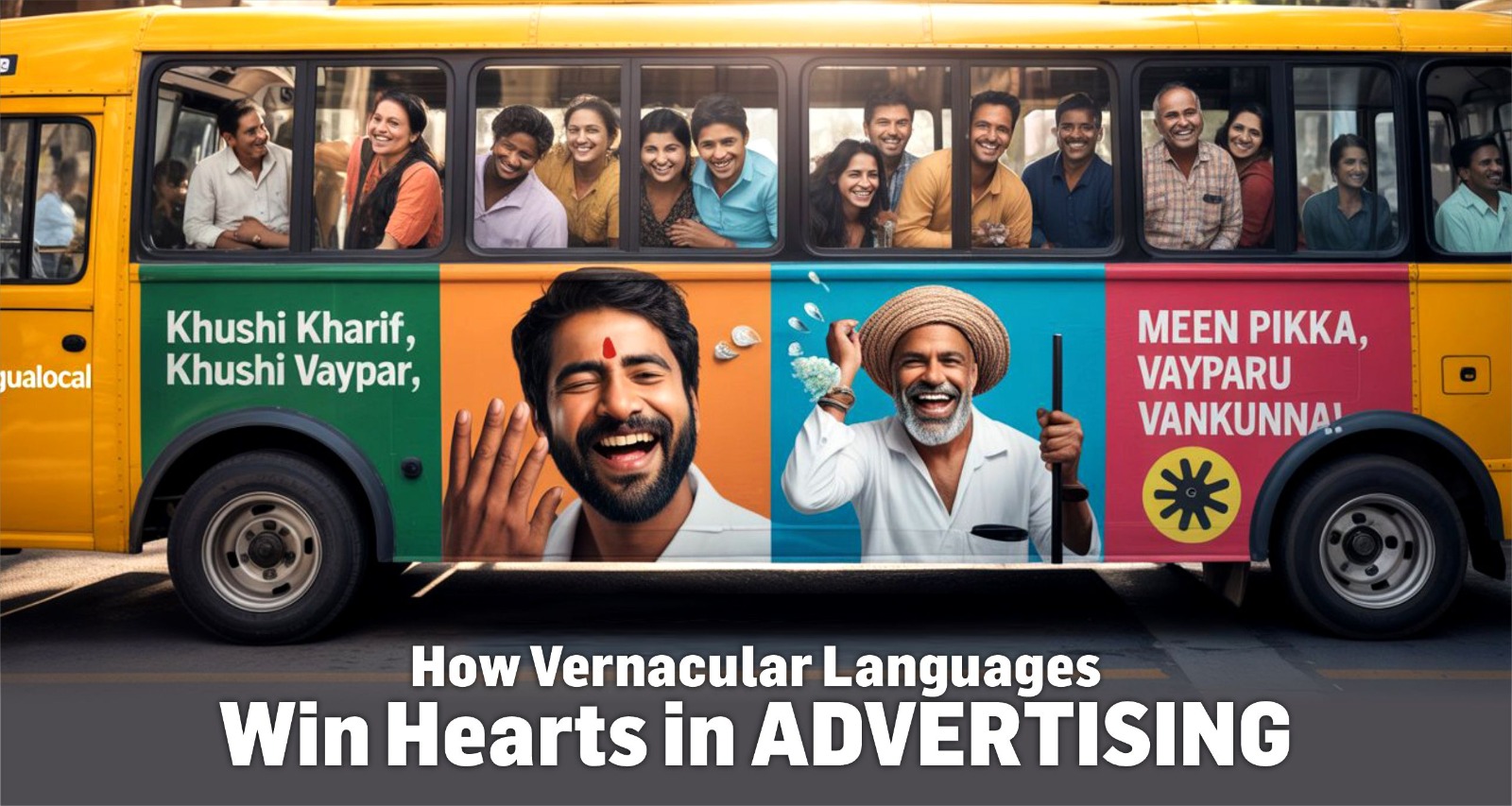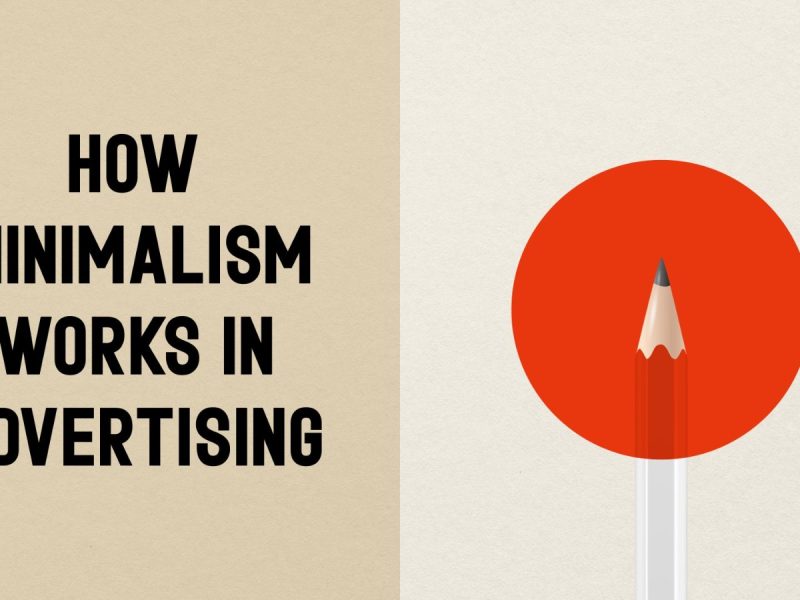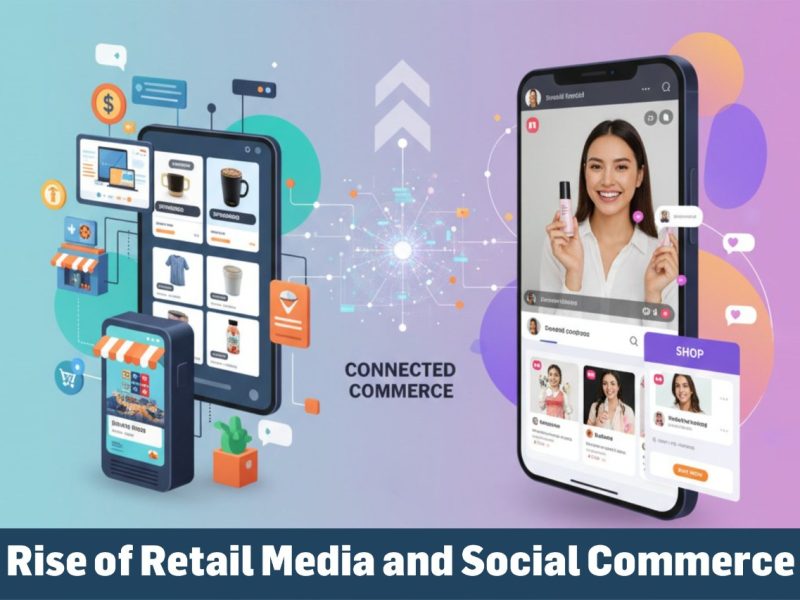
How Vernacular Languages Win Hearts in Advertising
When we analyze an ad, a great visual appeal, a catchy tagline, and of course, the medium of language are the ingredients that go into making an ad successful.
Sometimes people tend to be more inclined towards their mother tongue than Hindi or English.
In a country as diverse as India, where every region has its own way of talking, eating, and living, language is more than just a medium of communication. It’s an emotion, and when brands use your mother tongue in their ads, it creates an instant connection.
Today, we are going to talk about the importance of Vernacular advertising in India.Top advertising agencies and marketing agencies must particularly understand its significance and create unique ads, and level up the ad game.
It Feels Personal
English or Hindi may be flashy, but regional languages will make people feel more at home. For example, if a Bengali has grown up watching an ad in Bengali since childhood, and later sees the same content in Hindi or English, it’s the original version he’ll remember, because it speaks to him in a language he relates to. This point itself explains how vernacular ads make brands blossom.
It Works Better Online
When we scroll through our Instagram feed, we find regional content taking the spotlight often. Be it funny reels, emotional short films, or even relatable memes, they are widely shared. People share what speaks their language, and brands know it. Research shows that 88% of Indian language users are more likely to respond to digital ads in their language than in English.
That’s why more ads are going regional, because that’s where our hearts go. Big brands must speak the language that suits their audience and draw their interest.
It’s Smart for the Budget
The foremost consideration for all the agencies while executing a successful ad is the Budget.
In the case of vernacular advertisements, here’s the bonus: they don’t cost a bomb. They’re made for specific groups, so the targeting is sharper, the spending is lower, and the impact? Way bigger.
A Sneak Peek Into the Finest Examples
Swiggy: Tapping into Local Flavours through Language
Swiggy comes across as a great example of how vernacular advertising can drive meaningful engagements.
In 2019, the food delivery giant launched its ‘Swiggy Regional Delicacies’ campaign, which aimed to connect with audiences across India to celebrate the country’s diverse cuisines and cultures. The campaign cleverly leveraged regional languages and cultural nuances to make content more relatable.
Strategic collaborations with regional influencers further helped boost the campaign’s reach and success, making it a textbook case of how hyperlocal content can deliver national impact.
Google Maps: Breaking Language Barriers with Ease
When it comes to vernacular brilliance in advertising, Google Maps stands out. With support for multiple Indian languages, it eliminates the fear of language barriers, making navigation easy and accessible to everyone, from metro dwellers to rural travelers. It’s not just a service; it’s a local companion.
Lufthansa’s ‘More Indian Than You Think’: A Cultural Masterstroke
Lufthansa’s campaign wasn’t just about flying, it was also about connecting. Their ‘More Indian Than You Think’ ad struck a chord with non-English-speaking audiences by embracing regional diversity. With a dedicated microsite available in five Indian languages, the brand reinforced its commitment to cultural understanding. The result? A 13% surge in passenger numbers and a deeper emotional bond with Indian travelers.
Meesho’s ‘Arre Waah’ Campaign
One of the milestone initiatives by Meesho is its ‘Arre Waah’ campaign. It brilliantly highlights the importance of tailoring advertising to regional nuances and cultural contexts by utilizing Hindi, Bengali, and Tamil, and then expanding to other regional languages.
Conclusion:
Vernacular advertising goes beyond selling, it builds a connection. In a multilingual country like India, ads in regional languages feel more personal, relatable, and trustworthy, and the advertising agencies must utilize them to their full potential. They resonate because they reflect the audience’s identity and culture. As more brands shift to local languages, it’s clear: speaking in someone’s mother tongue isn’t just respectful—it’s impactful.




